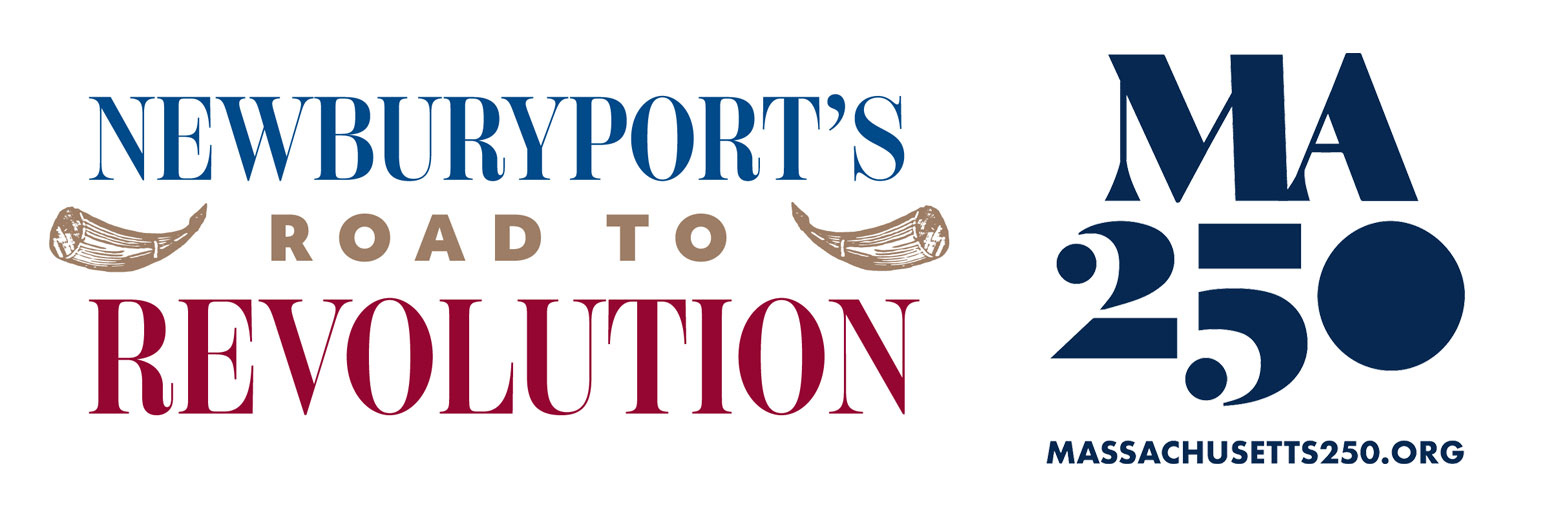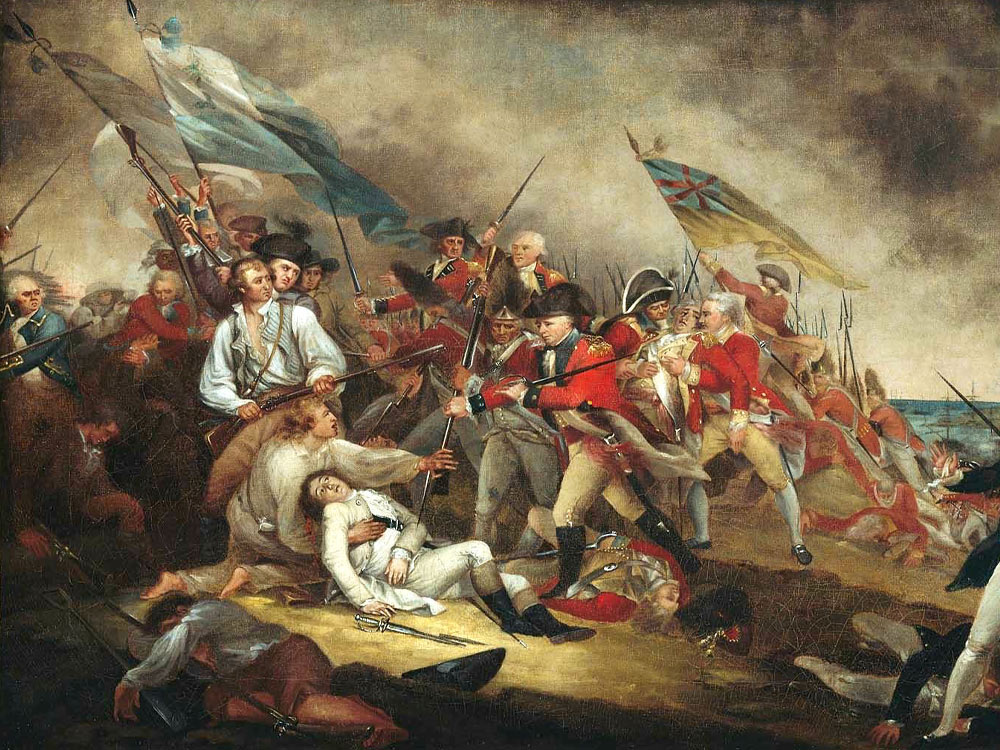Tribal Nations and the Revolutionary War: Patriot Allies and Adversaries
When the War erupted in 1775, tribal nations throughout the Northeast were drawn into a struggle that would reshape their worlds. For most Native communities, the war was a fight for survival, sovereignty, and the future of their homelands. It also pitted nation against nation. Four of the six nations in the Iroquois Confederacy fought with the British as they had done during the French Indian War, but also because of fears of further American encroachment on the lands west of the 1763 Proclamation Line. The Continental Army was greatly aided by Tuscarora and Oneida forces of the Confederacy, including Atayataghlonghta “Colonel Louis Joseph Cook,” the highest ranking officer of Native or African descent in the Revolution. Adopted by the Mohawk, he was the son of a black man and a Saint-François Abenaki woman. Atayataghlonghta led Native troops in the Battles of Quebec, Oriskany, the Saratoga Campaign and Valley Forge. On June 15, 1779, he received the only commission of Lieutenant Colonel given to a Patriot of color, by the Continental Congress.
Other tribes, like the Mohegan and Mohican fought with Washington, hoping that if victorious, they would maintain control over their homelands. On June 17, 1775, at the Battle of Bunker Hill, a Mohegan soldier Samuel Ashbow Jr. was the first Native soldier to die fighting Redcoats. The Stockbridge (Mohican) in western Massachusetts, were among the earliest allies of the Patriot cause. They joined local protests against British policies and sent volunteers to fight as Minutemen at Lexington and Bunker Hill. In recognition of their loyalty and strategic value, Washington was authorized by the Continental Congress in 1776 to recruit Stockbridge and other tribal soldiers into the Continental Army. They also served as scouts, guides, translators and diplomatic emissaries—roles that drew on their deep knowledge of the land and multilingual skills.
Other northeastern tribes to join the Continental Army were from nations who had long faced British displacement, wars and scalp bounties. Massachusett, Wampanoag, Nipmuc, Pequot, and others volunteered to join the fight hoping that the Patriot’s vision of a Republic of “liberty and social happiness” would benefit them. A Mashpee man said, “We supposed a just estimate of the rights of man would teach them the value of the privileges of which [we] were deprived, and that their own sufferings would naturally lead them to respect and relieve ours.”

In eastern and northern New England, particularly in Maine, the Abenaki and related Wabanaki Confederacy (Penobscot, Passamaquoddy, Wolastoq, Mi’kmaq) faced equally consequential decisions. While many had been displaced northward into Quebec after decades of colonial warfare and loss of territory, some remained in their homelands along rivers such as the Kennebec and Penobscot. These communities held valuable local knowledge of terrain and waterways through the unforgiving northern woodlands.
During the Quebec Expedition, local Native knowledge was essential in assisting American forces as scouts and navigators along the Kennebec River and the mountainous trails beyond. Without Wabanaki expertise, the expedition likely would have failed earlier and at even greater cost.
Allegiances could shift. In July, 1776, 15 days after signing the Declaration of Independence, the first treaty made by the new Continental Congress and Mi’kmaq leaders was signed. The Treaty of Watertown established a military alliance splitting tribal allegiances. Three years later, the Treaty was discarded after the defeat of the Penobscot Expedition, thus reuniting the Mi’kmaq.
Later, in December, 1776, Washington met Wabanaki leaders on the banks of the Delaware. On Christmas Eve, before crossing the river, he wrote to the Passamaquody, seeking their aid. Roughly 200 Passamaquoddy served in the Continental army under Chief Neptune’s command, defending the northern border and coast. In August, 1777, Chief Neptune reportedly fired one of the first shots of the Battle of Machias, Maine, killing a British officer aboard the frigate Mermaid.
Penobscot Chief Orono, who signed the Treaty of Watertown, also helped the Patriots win key battles, including relaying information about British movements to the Continental army at Castine Maine. The Penobscot figured prominently in the 1779 battle at Penobscot Bay. Chief Orono also provided intelligence to the Americans at Machias and Halifax. In 1780, he was given the nickname K’tolaqu meaning “frigate”, after joining missions to Newport Rhode Island and Boston where he was fascinated by colonial warships.
The 1783 Treaty of Paris left tribes bitter on both sides. The British ceded large swaths of territory to America. The new nation looked westward and many states broke treaties and revived pre-war land claims, betraying tribes who had helped them win the revolution. Violence increased regardless of which side a tribe fought on.

Special Thanks to:


Plan Your Visit
Plan Your Visit
- Museum Hours
Sunday: 12 pm - 5 pm
Closed Monday
- Tickets
Free for NBPT residents, kids under 12, and museum members
Cost of admission includes access to the Discovery Center.
- Parking
City parking is available adjacent to the museum. View parking lot directions.

